Here's How to Actually Build a Honda-Swapped, Mid-Engine Mustang
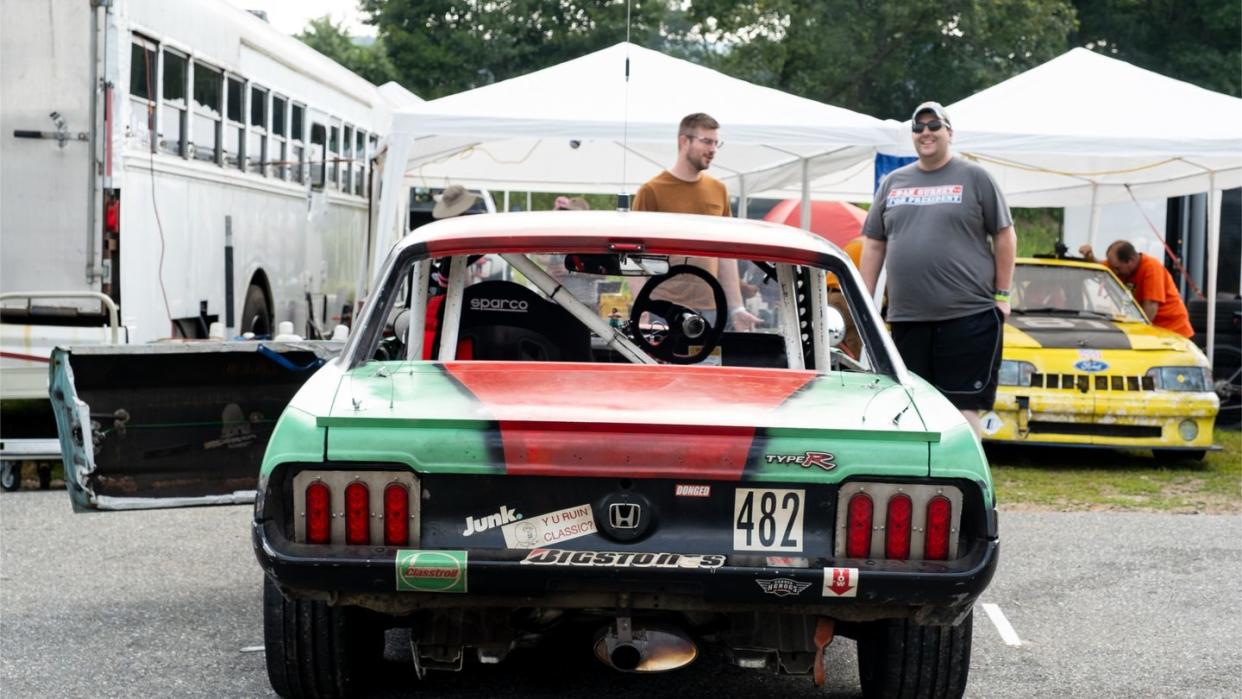
"Hearst Magazines and Yahoo may earn commission or revenue on some items through these links."
There is no blueprint for turning a classic 1967 Ford Mustang into a Honda Odyssey minivan engine-swapped, mid-engine LeMons racer. The Haynes manual goes out the door. YouTube won't save you, either. But that's all part of the adventure for a group of engineers and friends with a dream, as masochistic as it may be.
After stumbling upon a shell of a 1967 Mustang, Jake MacDonald and his fellow Dead Horse Beaters teammates were looking for a way to make the classic frame reliable, powerful, and light all the same. With Sixties iron underneath the hood and disadvantageous weight distribution, keeping the original recipe was out of the question.
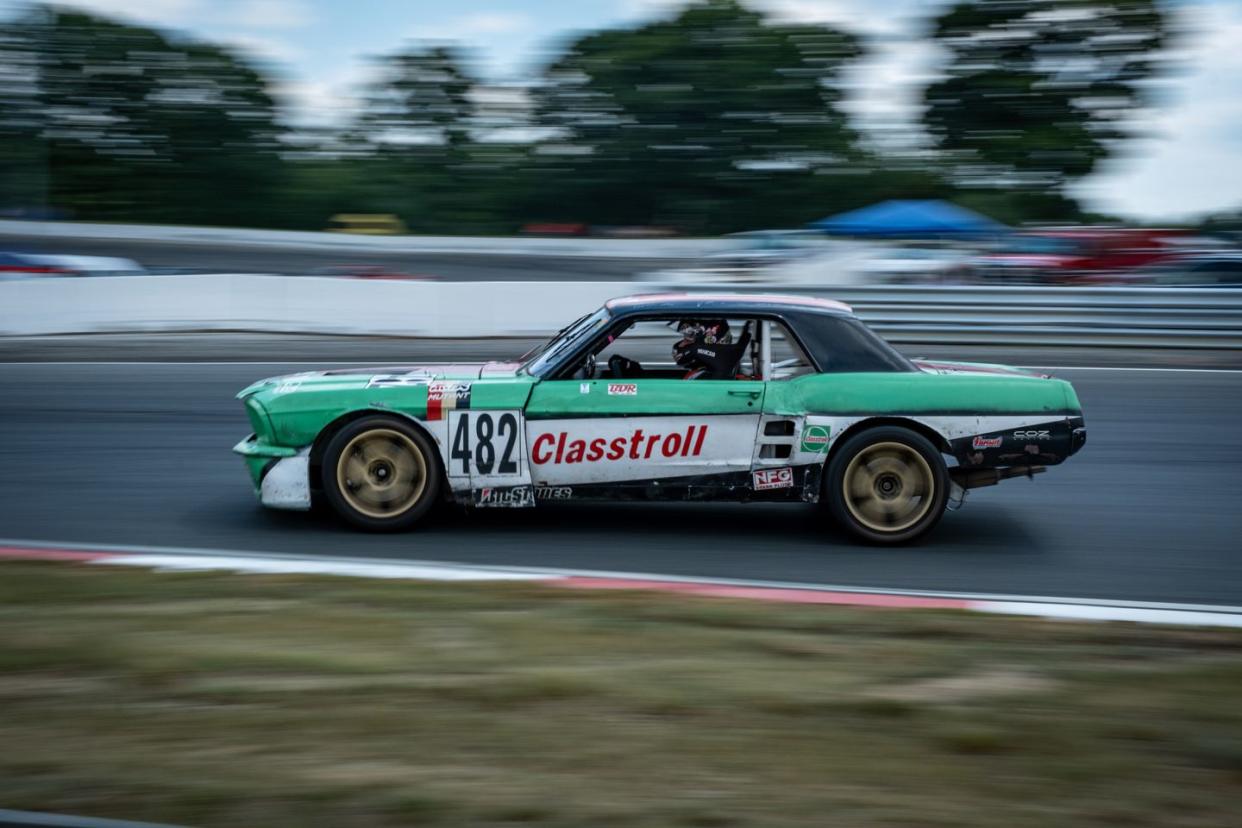
Instead, the group turned to the misery of commuters past to power their motorsports Mustang. Produced from 1998 to 2004, the second-generation Honda Odyssey was notorious for two reasons; its surprisingly quick 240 hp J35A and temperamental automatic transmissions. Junkyards across the country are littered with Odysseys gone too soon by way of a grenaded transmission, but such a familial tragedy has birthed an ecosystem of power-hungry J35A scavengers.
Armed with a junkyard-fresh Honda V-6, the prospects of track laps were clearer and clearer for the budding race team. Originally offered with 13 different engine and transmission options, Ford's pony car had plenty of roomy under the hood for Honda's compact six, a 6-speed manual transmission from an Acura TL, and custom-modified tubular suspension arms, as well as a front-mounted, transmission-tunnel-fed Honda cooling system.
"They're really fuel efficient for what they are and everything kind of just fit together," MacDonald explained in an interview with Road & Track. "It just made sense to use it in that endurance application."
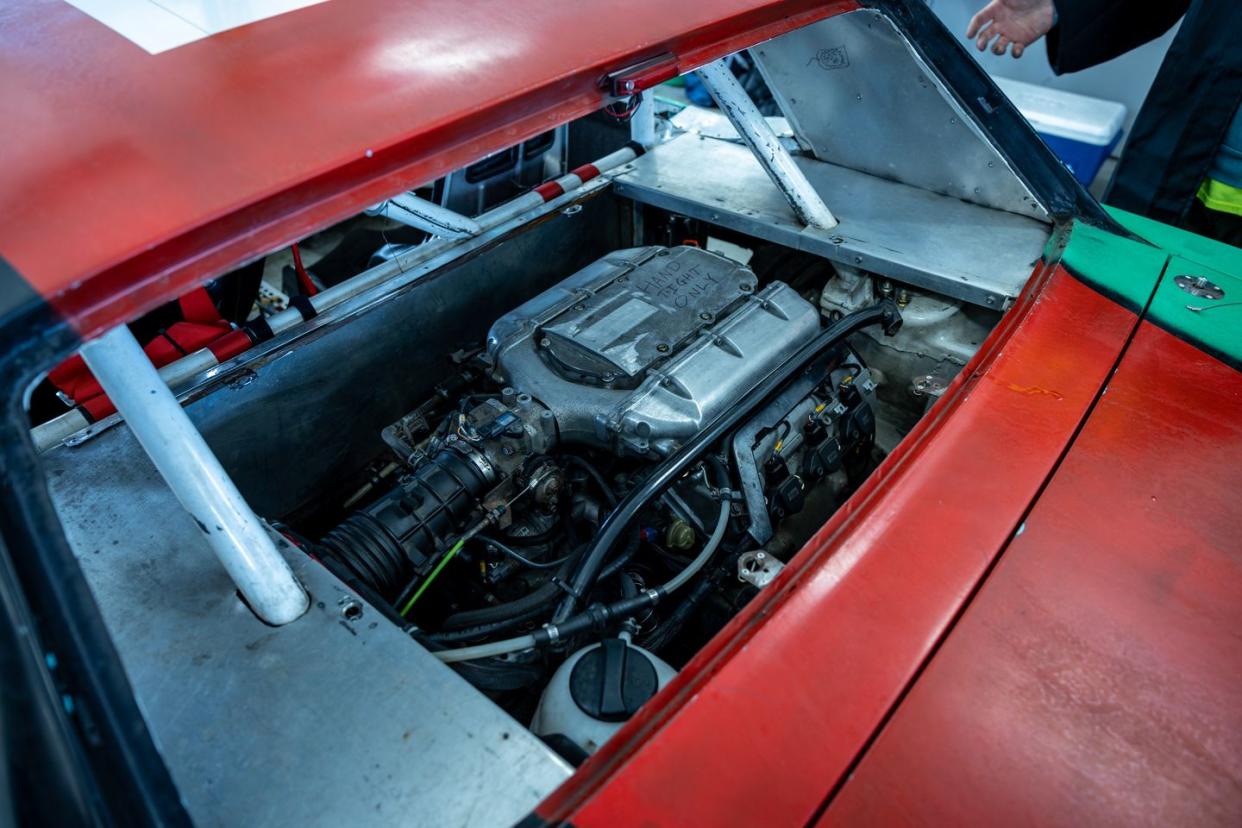
It would be too easy—not to mention lacking in the spirit of LeMons— to stuff and plumb a J35A under the hood of a Ford Mustang. Instead, the Dead Horse Beaters peered into the rear seats. Intent on keeping the majority of the bodywork in Mustang form and dropping the Honda V-6 in the back, the team got to work on blending the front end of a 2004 Honda Accord coupe into the rear of the 'stang.
"We had the frame rails kind of tied into each other," MacDonald said. "Basically, it goes from the Mustang frame rails into the Accord ones. It's more of a heart transplant if you put the heart in the ass or something."
Such a delicate and potentially daunting surgery didn't exactly faze the Dead Horse Beaters. With a half-dozen-strong team made up of numerous submarine engineers, the creation of the Frankenstein chassis was done more by feel than software mock-ups or instruction booklets. MacDonald explained that the engineering at hand was less than legitimate, at least compared to their day jobs, but the similar track widths between a 1967 Ford Mustang, 2004 Honda Accord, and an Acura TL made the transplants mathematical possible.
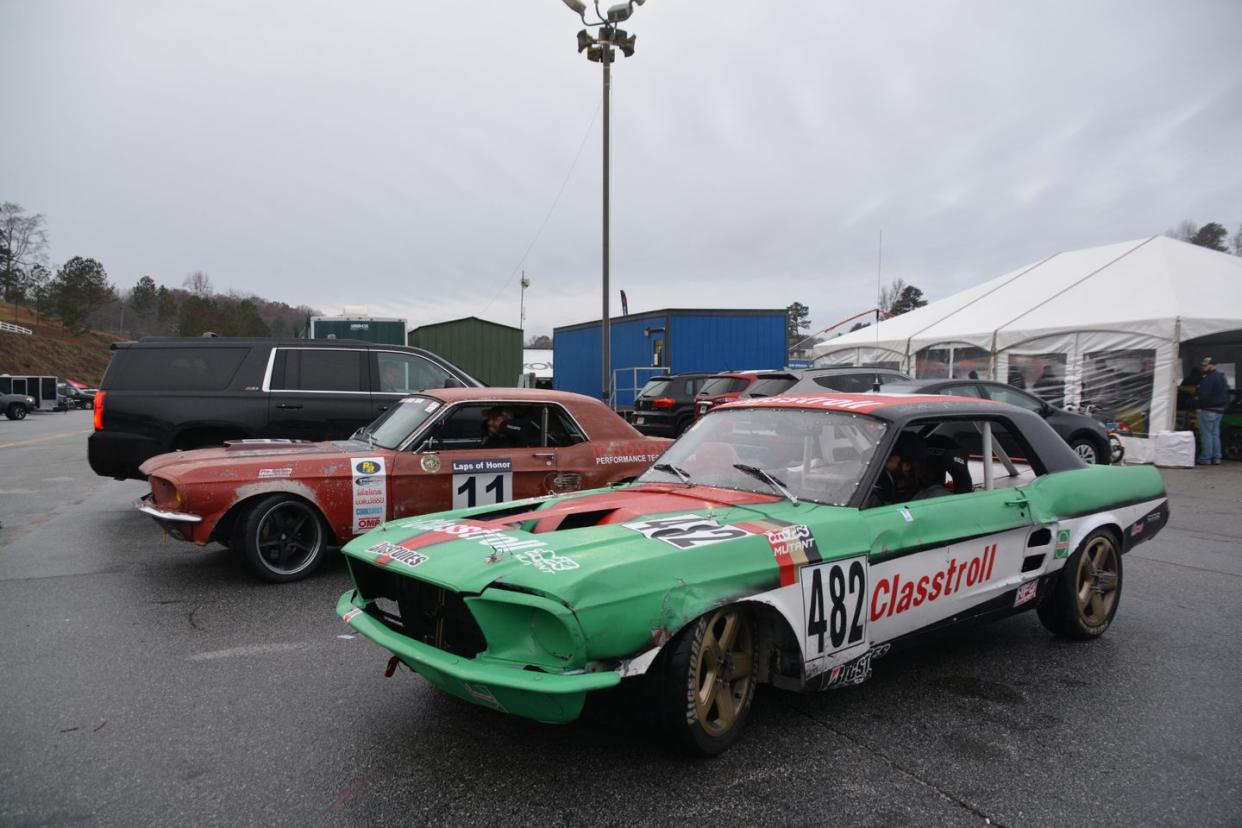
Not only that, but the wheelbase of a 2004 Honda Accord (107.9 inches) and a 1967 Ford Mustang (108 inches) are shockingly similar as well. Beyond not-so-exacted dimensions, the necessary addition of a proper roll cage allowed the team to not worry so much about the original Mustang's willowy structure. Even so, MacDonald made note of the skills required to fabricate the frame rails and chassis together. Making a straight, correctly rolling car out of a shell and three different frames isn't for the faint of heart or the amateur welder.
"It started feeling like that two cars that weren't exactly wanting to be one," MacDonald explained, noting that early iterations of the suspension were performing poorly. "The front suspension on the Mustang was originally really low, stock Sixties Mustang stuff, so all of that geometry was already bad when it was new but even worse now. And then it took us a couple of races to find out that the front was completely riding on bump stops."
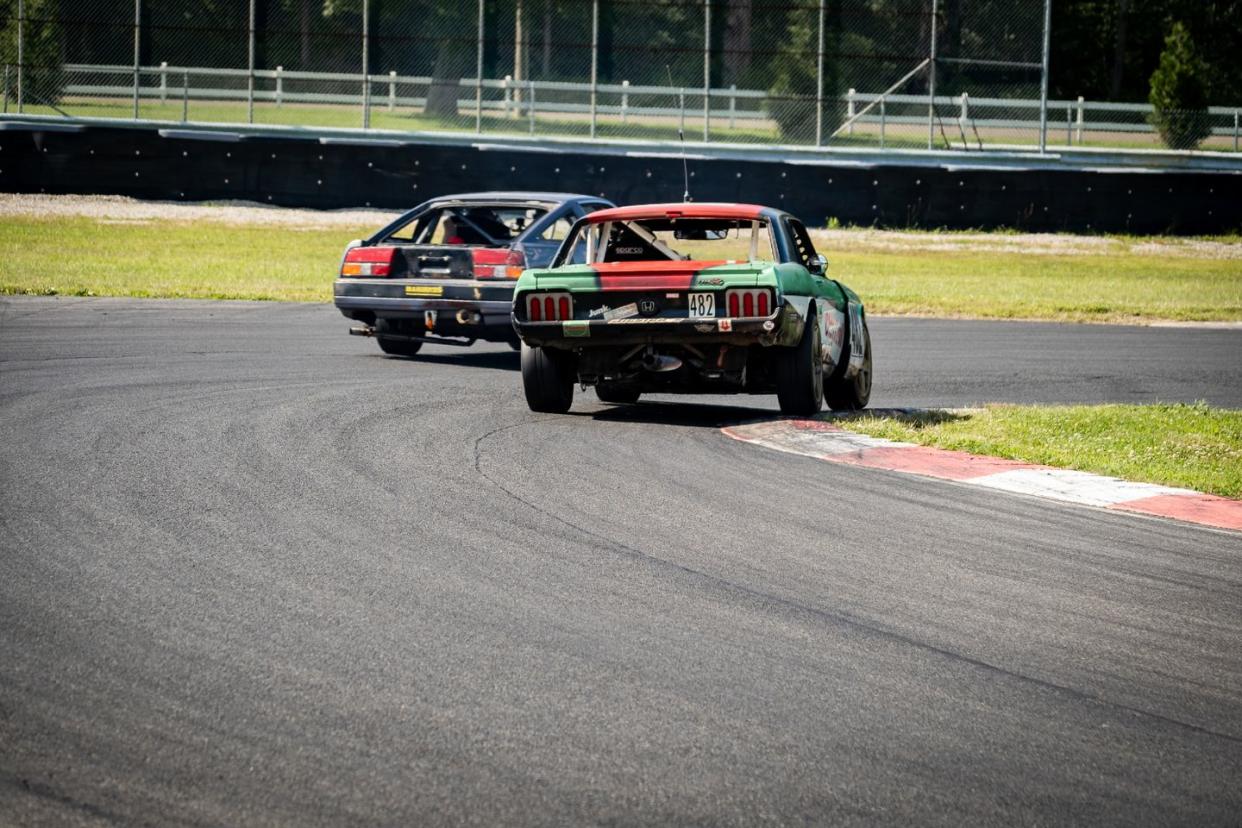
Because the front end of the Accord sits on the rear of the car, the Frankensteined racer has two front suspensions, sort of. With stock front Accord control arms in the back, and a set of BC racing coilovers swapped front-to-back and vice versa, tuning the suspension for road racing took some trial and error. Even if the team didn't use software to mock up the chassis, tuning the suspension properly required a touch of technology in the form of suspension geometry software.
Since 2017, the team has gone through multiple iterations of suspension damping and geometry, some working better than others. Despite the caged and striped curb weight being relatively light, MacDonald explained that the car doesn't dance on its toes, so to speak. It's still an American muscle car at heart, even if the front end is now unladen. And it doesn't drive like a normal mid-engine car, either.
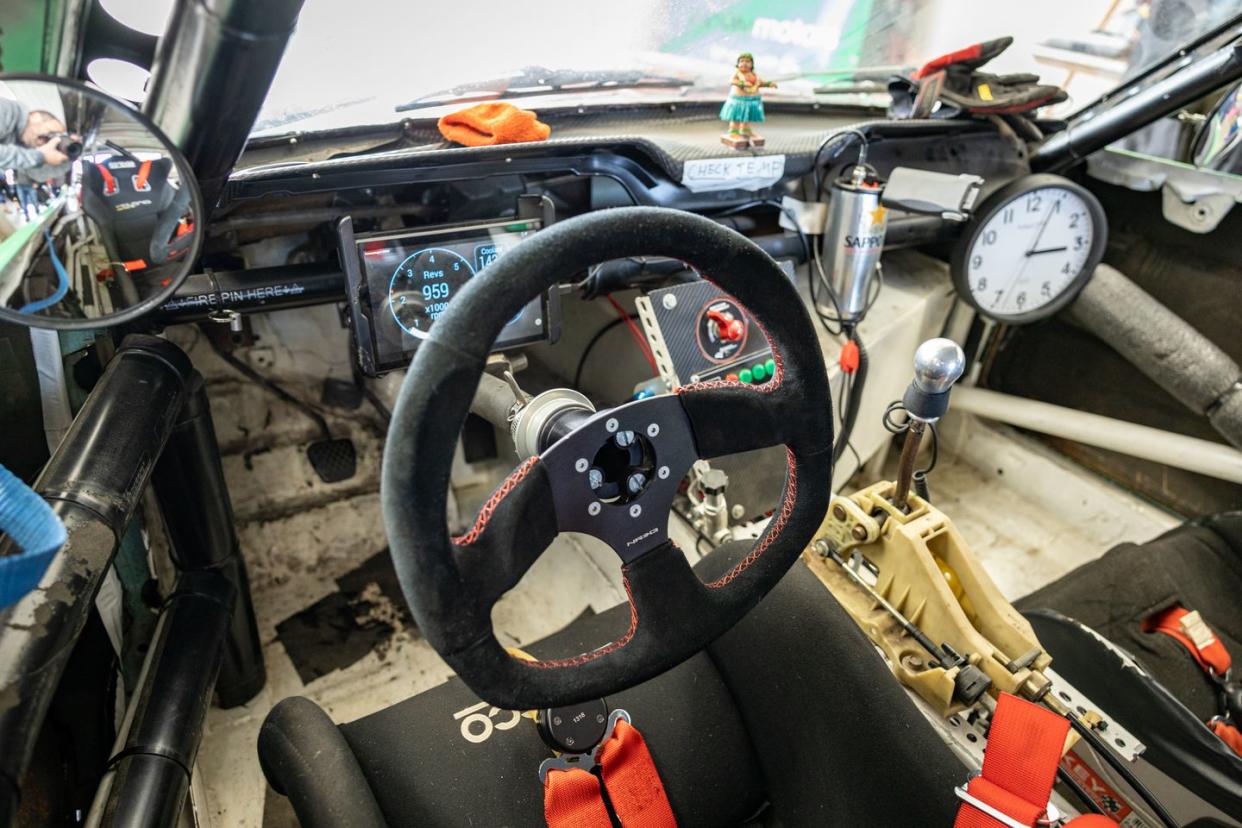
"It will snap on you. You do really want to try braking in a straight line," MacDonald said. "The car has a lot of power for its weight, especially compared to what it's competing with, and it's always sort of been a straights sort of car; big into the braking zone and then hope you could keep everyone behind you."
Despite previous on-track collisions, one blown J35A (thanks to a failing MacGyvered cooling system), and some questionable suspension setups, the Dead Horse Beaters live to race another year, as the team prepares for its first race of the season at Pittsburgh International Raceway. LeMons races at New Jersey Motorsports Park and Thompson Speedway Motorsports Park will follow and the team will also make an appearance at The Bracket Grand Prix.
With a 22-gallon fuel cell, a team of five (including Alex Lombardi, Ian Burlingham, Matt Williams, Andrew McCarthy, and Jake MacDonald), and a solid set of heads-on-shoulders about the culture of endurance racing, the Dead Horse Beaters are winners in spirit if not through the checkered flag. The folks running LeMons have even given the coveted Index of Effluency last year. The team has snagged a few podium finishes, too, and for good reason. Their straightforward approach to getting on track and staying on it, rather than being the fastest car in theory, has been paying off.
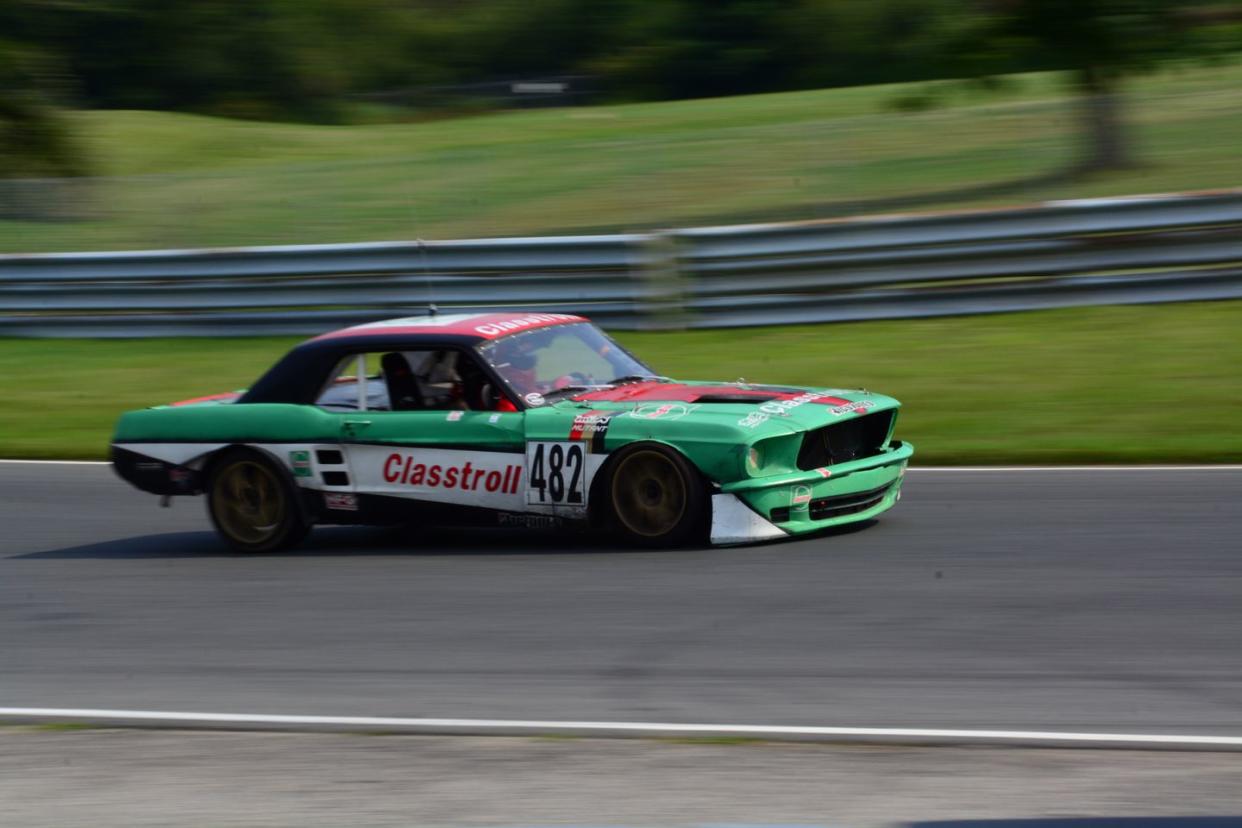
"It is fun to just hear of the event and go like, 'Oh, I would just get an E46 and put a junkyard 5.3-liter in it'," MacDonald said. "It's like, well, the judges think that's lame, right? They might give you penalty laps and if you don't have track experience and you don't know how to run a team—even if you have a badass car—you're probably not going to do that well."
"We have a ton of fun with it," MacDonald summarized. "And that's why we keep going."
You Might Also Like
